Put down the pumpkin pie and get ready for tax planning: These retirement tax moves could help you prepare for 2026.
Retirees are in a unique planning position compared to other tax filers heading into the winter season. Not only are they faced with complex withdrawal rules on RMDs, but many have access to age-specific tax deductions, including the new $6,000 “senior bonus” deduction.
Whether you leverage this time by making strategic money moves or wait until the last second to act can affect your financial position next year (and potentially this year).
Sign up for Kiplinger’s Free Newsletters
Profit and prosper with the best of expert advice on investing, taxes, retirement, personal finance and more – straight to your e-mail.
Profit and prosper with the best of expert advice – straight to your e-mail.
So here are ten tax moves you can make before December 31 to optimize next year’s retirement income and potentially lower your 2025 tax bill.
Retirement tax plan in 2025 and 2026
Kiplinger only considered individual income returns for the retiree tax planning checklist. As such, business taxes were excluded, as well as educational expenses or tax breaks typically associated with self-employment.
Also, the retirement tax moves listed may be affected by a taxpayer’s income level and filing status. State retirement tax treatment may differ.
Consult with a qualified tax professional for specific advice on your financial situation.
RMDs
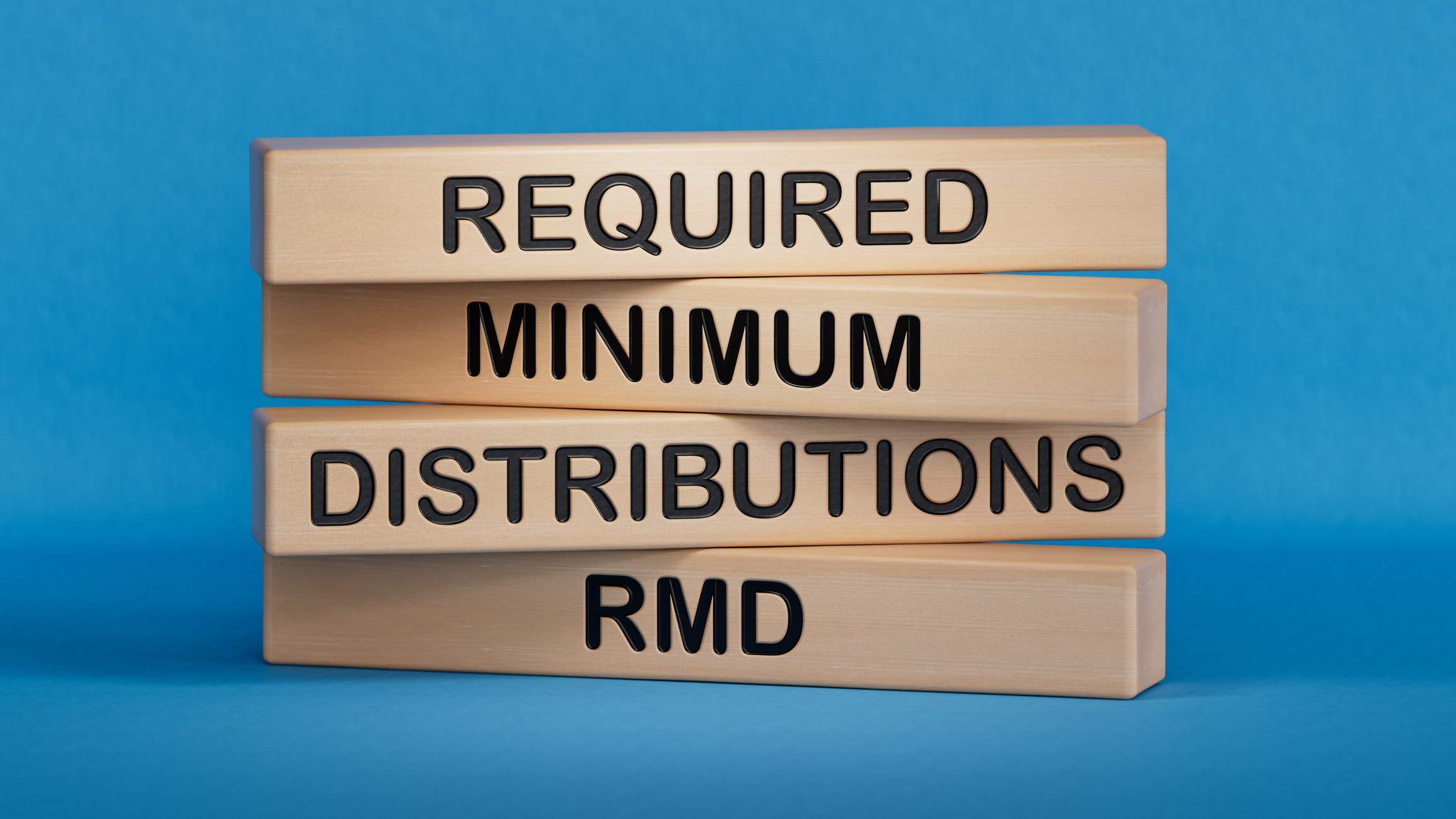
Properly timing your required minimum distributions is one way you can make your retirement income last longer.
(Image credit: Getty Images)
1. Review your 2025 RMD (and 2026) tax strategy
As a retiree, you may already be familiar with the concept of required minimum distributions (RMDs). An RMD is money that must be withdrawn from a 401(k), 403(b), or other traditional IRA every year after you reach a certain age. If you don’t make the withdrawal, you could be subject to a 25% penalty on the amount not distributed.
Here are the current age requirements for RMD withdrawals:
- If you’re 73 or older, you must take an RMD from your retirement accounts by December 31.
- If you turned 73 in the current year, your first RMD is due by April 1 of the following year, but your second RMD is still due by December 31 of that same year.
If you’re subject to RMD rules and haven’t already withdrawn your RMD for 2025, you should do so now to avoid the penalty. But you’ll also want to look at 2026’s RMD withdrawal for retirement tax planning purposes. This may help you avoid common RMD tax traps:
- Preventing the “two RMD trap.” As mentioned, the IRS gives an extended deadline of April 1 to take your first RMD. However, all subsequent RMDs must be taken by December 31, meaning that if you delay until April, you’ll have to take two withdrawals in one year. That could push you into a higher tax bracket and increase your overall tax liability for that year.
- Reducing investment risk. RMDs are calculated in part using your RMD account balance from the prior year. So if there’s a market downturn in, say, 2026, you’ll still have to withdraw the predetermined amount at the end of 2025 (which may have been higher). This could result in forced selling of IRA investments at a lower value just to satisfy your RMD obligation.
By reviewing your RMD withdrawal strategy now, you can minimize the effect of market volatility on your portfolio. This often means strategically withdrawing cash or bonds during downturns. Alternatively, during an economic upturn, you’d likely want to take your RMD earlier in the year, locking in investment gains by selling fewer shares to meet the RMD amount.
You can also take steps to lower your taxable income from other revenue streams, which helps to counteract the larger taxable income resulting from RMDs and keeps your overall tax bill more manageable in 2026.
For more information, see Required Minimum Distributions: Rules, Deadlines, and Key Points to Know.
IRA Conversion and Investment Timing
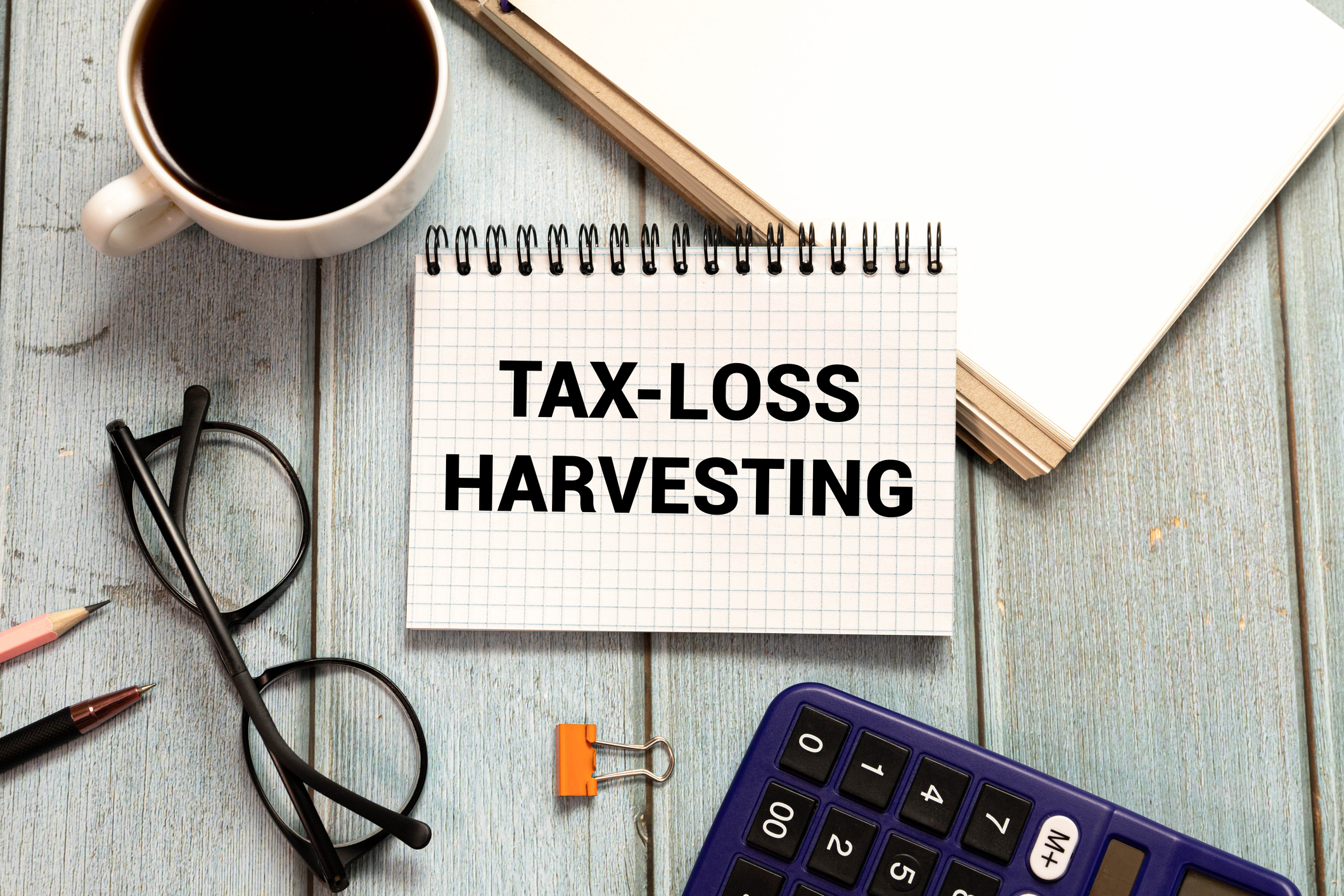
Netting capital gains with capital losses helps to lower your retirement taxes and increase tax savings.
(Image credit: Getty Images)
2. Take advantage of capital loss carryover: Tax-loss harvesting
Tax-loss harvesting is the strategic practice of selling taxable account investments (like trusts or brokerage accounts) to maximize tax savings. Here’s how this strategy works:
- You have at least one capital asset (like real estate, stock, etc.) that you sell for more than you paid for it, resulting in a capital gain.
- You sell at least one investment for less than you originally paid, resulting in a capital loss.
- Then you offset the total amount of capital losses against your capital gains, effectively leading to a 0% tax on any gains offset by losses.
- If your total capital losses are greater than your gains for the year, you can use the excess to deduct up to an additional $3,000 against your ordinary income. Any remaining losses that exceed this $3,000 limit are carried forward indefinitely to offset future capital gains.*
When would tax-loss harvesting be useful? Here are a few examples:
- If you’re subject to the highest tax rate on capital gains, you can avoid that tax through tax-loss harvesting, resulting in valuable savings. Those savings can be reinvested in securities or used to help rebalance your portfolio.
- By deducting up to $3,000 of capital losses against ordinary income, you can save on taxes typically levied on retirement plan distributions, pensions, and other ordinary income sources. Plus, an unlimited amount of capital loss may be carried forward to offset gains from real estate sales, mutual funds, ETFs, etc..
However, before you commit to tax-loss harvesting, look out for the “wash sale rule,” which says you can’t reinvest in similar securities 30 days before or after you sold the capital loss ones. If you do, your capital losses won’t count as an offset to your capital gains.
*Note: The deduction amount is $1,500 for taxpayers married filing separately.
For more information, see: Capital Losses: Rules to Know for Tax Loss Harvesting.
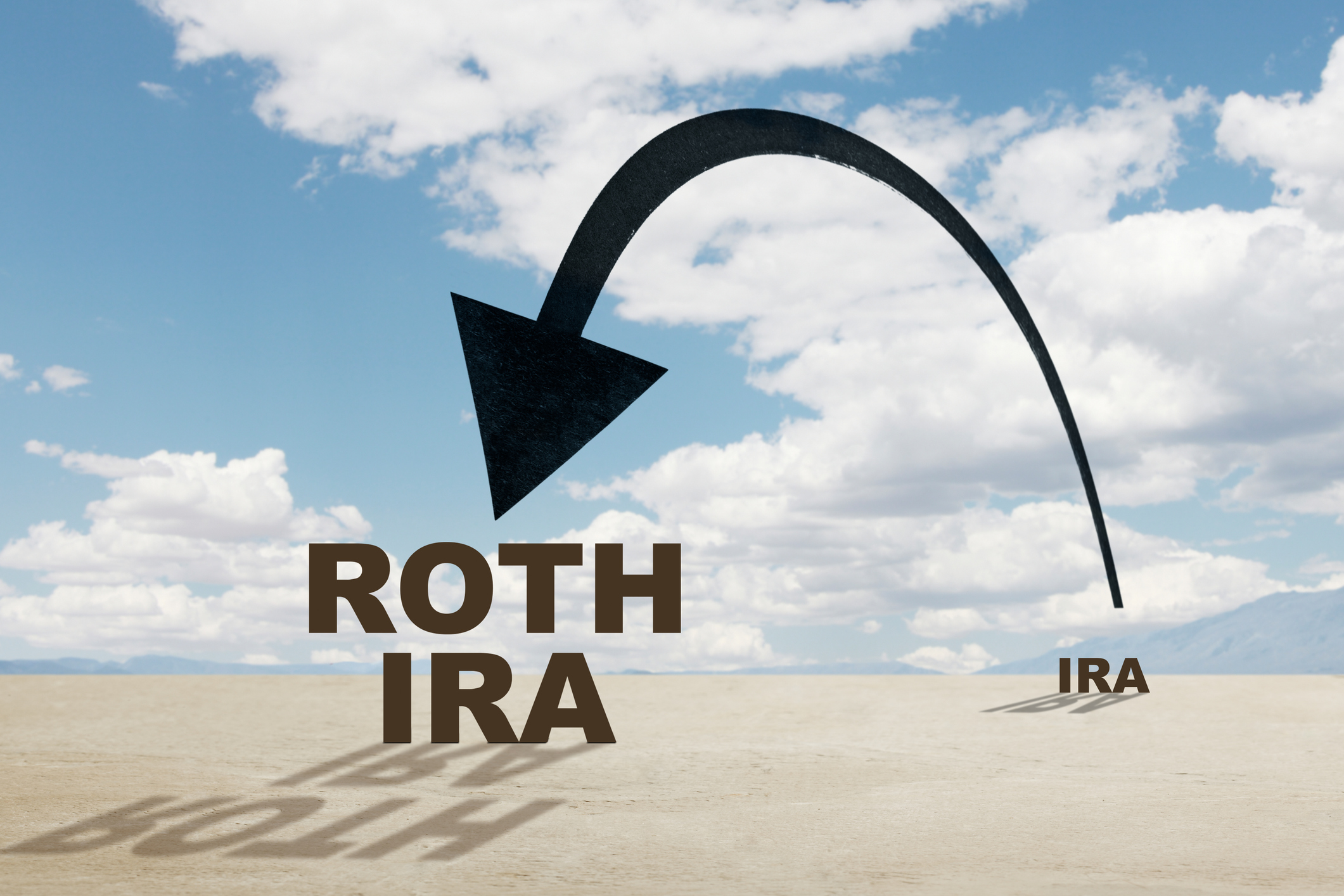
Converting a 401(k) to a Roth IRA at the right time can bolster your estate plan through tax-free growth.
(Image credit: Getty Images)
3. Perform a Roth conversion
If you have a traditional retirement savings account (like a 401(k), 403(b), or Traditional IRA), you may be wondering: Is now the right time to convert to a Roth IRA? The trade-off is clear: With a traditional IRA, you pay taxes when you take a distribution; with a Roth account, you pay taxes now on the funds you contribute.
Consequently, converting from a traditional IRA to a Roth means you must pay the income tax in the year of conversion, but the potential long-term benefits of tax-free growth might be worth the upfront cost.
Here are several reasons you may consider converting your traditional IRA to a Roth account:
- You expect your 2026 income tax rate (or later) to be higher than where you are now. Often, there’s a “lull” for retirees in the years after they stop working and before they start receiving Social Security, where income is at its lowest. If you’re there now, you may consider converting to a Roth before the end of 2025, and your income (and/or federal tax rate) is higher.
- You want to avoid RMDs. Remember those yearly required withdrawals from your IRA? Those disappear with a Roth conversion. Your money in a Roth account grows tax-free throughout your entire lifetime and gives you greater control over when and how much you withdraw each year, which may be ideal for those who want more flexibility with their retirement tax plan.
- You plan to leave money to your heirs. If you have a valuable estate, a Roth generally offers beneficiaries tax-free withdrawals. Comparatively, traditional IRA withdrawals are taxed as ordinary income for your heirs.
*Note: If you are 73 or older at the time of the conversion, you must first take your RMD from your traditional IRA for the year of the switch.
But the grass isn’t always greener on the Roth side of things. Here are a few reasons why you wouldn’t convert a traditional IRA to a Roth:
- You expect your 2026 income tax rate (or later) to be lower or the same as where you are now. If your projected future tax rate is lower than your current rate, you may not want to convert a traditional IRA to a Roth, as you would be paying taxes at a higher rate versus later (in 2026) when your rate is lower.
- You have to use IRA funds just to pay the conversion tax bill. As mentioned, converting a traditional IRA to a Roth requires you to pay the federal income tax owed upfront. If you are forced to use funds from the traditional IRA to pay off the conversion taxes, the conversion can incur early withdrawal penalties. Taking an early withdrawal not only diminishes your savings but also significantly lowers the primary benefit of the Roth account: Tax-free growth.
- You need to use the converted funds within five years. If you’re under 59 ½, you can’t use your funds for five years after a traditional IRA to Roth conversion. Otherwise, you could be subject to a 10% early withdrawal penalty. (However, if you’re older than 59 ½, you may withdraw the funds penalty-free before the five years are completed, though any earnings on those funds will be subject to income tax.)
Like other checklist items on this retirement tax planning list, you’ll want to consider your overall retirement tax strategy when deciding whether to convert your traditional IRA to a Roth account. However, the deadline to complete a 2025 conversion is December 31.

Completing a 529 to Roth conversion can score big retirement savings for your future heirs.
(Image credit: Getty Images)
4. Convert a 529 to a Roth (if you can)
While we’re on the topic of conversions, let’s review an exciting (and relatively new) tax law: The Secure Act 2.0. Among other things, this law enacted a provision that allows you to convert a 529 savings plan into a Roth account.
Here are the rules for a 529 savings account to Roth IRA conversion:
- The 529 plan must have been open for at least 15 years.
- Plan contributions must have been held in the account for at least five years before conversion.
- The beneficiary for both the 529 and the Roth must be the same, and the transfer must be direct: From one plan trustee to the other trustee.
- The beneficiary must have earned income at least equal to the amount of the rollover.
- You may roll over up to $35,000 of unused 529 funds into a Roth IRA (per beneficiary). That’s a lifetime limit, meaning you’ll need to total all transfers across all 529 plans that are rolling over into Roths.
The rollover is also subject to the annual Roth IRA contribution limits. (So you may want to spread a large conversion over several years.) But if you can roll over your 529 plan into a Roth, the federal tax benefits may be worthwhile.
Benefits of a 529 to Roth conversion. You won’t be taxed federally on the conversion. Plus, you’ll avoid penalties for withdrawing funds from a 529 for non-educational expenses, with the added benefit of jumpstarting the beneficiary’s retirement savings.
Itemized Deduction Timing
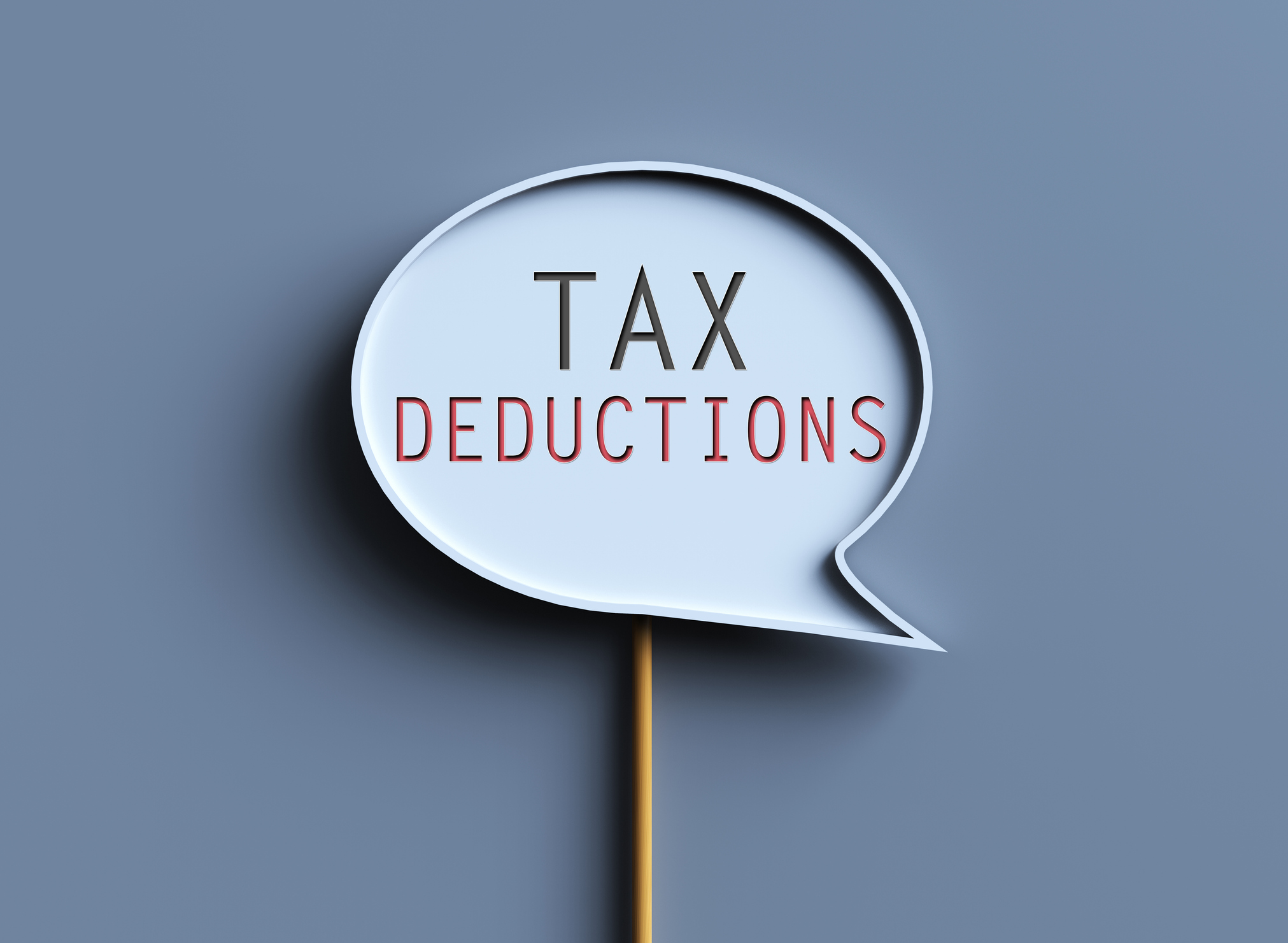
One retirement tax planning strategy is to “bunch” itemized deductions for high tax savings.
(Image credit: Getty Images)
5. Organize your bunching strategy for tax deductions
The tax strategy of “bunching” means you pay two years’ worth of itemized expenses in the current tax year to push your total itemized deductions higher than the standard deduction amount.
If performed correctly, you’ll gain one year of high itemization followed by one year of the standard deduction, which maximizes your total tax savings for both years.
Bunching deductions typically relies on the fact that you:
- Can claim the itemized deduction on your income tax return (at least for the year that you “bunch”), and
- Have the flexibility to pay for some of your expenses early.
You should consider bunching your deductions in 2025 if you anticipate a higher federal income tax rate in 2026. Bunching deductions may also be beneficial if you expect your tax situation to be negatively impacted by new tax legislation in 2026, like the new AGI floor for itemized charitable deductions (more on that later).
Here are a few ways you may “bunch” your deductions and acquire tax savings in 2025:
- Maximizing the State and Local (SALT) Deduction. Starting in 2025, you can deduct up to $40,000 in SALT on your federal income return (if you meet income requirements). By pre-paying your fourth-quarter property taxes before December 31 (if your state allows it), you could reach higher tax savings before the AGI floor kicks in in 2026.
- Front-load charitable contributions. You can use a donor-advised fund to take advantage of more favorable tax rules in 2025 (more on that below).
- Pay high medical expenses early. Do you have significant medical expenses scheduled for early 2026? If those qualified procedures are near the 7.5% AGI threshold for the medical expense deduction, consider paying them before the end of 2025 to take advantage of bunching.*
*Any medical procedures completed “substantially beyond” 2025 may not qualify for the medical expense deduction in 2025.

Charitable deductions are a way that retirees can save on taxes in retirement.
(Image credit: Getty Images)
6. Finish your charitable donations
If you itemize, be sure to finish making your charitable contributions before the December 31 deadline. Donations can be a powerful way to reduce your taxable income for the year. (Though adjusted gross income (AGI) limits apply.)
And starting in 2026, the rules for itemizing charitable giving will get tighter, making your contributions this year even more valuable.
That’s because the Trump/GOP 2025 spending bill, known to some as the “big beautiful bill,” provides an AGI floor for itemizers as well as a deduction cap for high-income earners in 2026. Here’s a table summarizing the new tax rules for charitable deductions going into effect next year:
|
Tax Rule |
2025 Rules |
2026 Rules |
|
AGI Floor for Itemized Charitable Deduction |
No floor; every dollar is deductible (up to limits). |
Only the portion of total charitable contributions above 0.5% of your AGI is deductible. |
|
Charitable Deduction Cap |
For those in the 37% tax bracket, the deduction provides a 37% tax benefit. |
The tax benefit of the deduction is capped at 35% for top earners. |
|
Non-Itemizer Charitable Deduction |
No federal deduction for non-itemizers. |
A new above-the-line charitable deduction of up to $1,000 (single) or $2,000 (joint filers) for cash gifts to public charities. Excludes donor-advised funds and private foundations. |
For 2026, a charitable contribution “floor” will be introduced for itemizers, regardless of income level. Only total contributions above 0.5% of your AGI will be deductible. For example, if you had $200,000 AGI and donated $2,000, only $1,000 would be deductible.
Charitable contributions for high-income itemizers will also be subject to a cap in 2026. The new law imposes a 35% limit on the value of all itemized deductions for high earners, meaning taxpayers in the top bracket will receive a lower tax break compared to 2025.
Both of these provisions make “bunching” deductions more valuable than ever. You can achieve this by contributing to a donor-advised fund (DAF). A DAF allows you to claim an immediate tax deduction for your contributions this year (under the more favorable 2025 rules), while the fund awards the “bunched” money to your chosen charities over time. This may help you maximize your deduction before the 2026 limits take effect.
For more information, see our guide: The Charitable Donation Tax Deduction: What to Know.
Optimize Retirement Tax Efficiency

Planning to perform a QCD in retirement may help lower your RMD taxes and reduce tax on your Social Security.
(Image credit: Getty Images)
7. Consider making a qualified charitable distribution in 2025
A qualified charitable distribution (QCD) is a distribution from your IRA to a qualified charity of your choice. However, not everyone’s eligible to make one. Here are the eligibility requirements for 2025:
- You must be age 70 ½ or older.
- You can donate up to $108,000 (or $216,000 if married spouses) in a single tax year.
- The distribution must be made from a traditional IRA, an inherited IRA, or an inactive SEP/SIMPLE IRA.
QCDs require that you “give up” a portion of your annual IRA distribution to a charity, effectively going without your hard-earned cash. But making a QCD goes hand-in-hand with many of the retirement tax items we’ve already covered on our list. For example:
- Avoiding the taxability of RMDs. If you don’t need all the money from your RMD, you can simply donate a portion as a QCD. This has the double-benefit of satisfying your RMD while paying no federal income tax on the portion you donate.
- Lowering your AGI. Remember that charitable deduction cap coming into effect in 2026 for high-income earners? If you make a QCD in 2026, you can effectively reduce your AGI, potentially lowering your federal income tax bracket next year and thereby avoiding the new AGI cap.
- Reducing high taxes on Social Security Benefits and Medicare premiums. Because your QCD lowers your gross income, you may see a reduction in the amount of tax you pay on Social Security in the year you made the QCD, or your Medicare premium tax two years later.
That said, a QCD doesn’t qualify as an itemized “charitable deduction” on your income taxes, which may hamper your bunching strategy. You also can’t use a DAF to make a QCD, so it may make your approach to donating less flexible.
For more information, see: What is a Qualified Charitable Distribution?

New tax rules in retirement are coming for IRS withholding forms in 2026.
(Image credit: Getty Images)
8. Update your retirement income withholding
There are two primary methods for retirees to pay federal income taxes. The first is through estimated tax payments, which are due quarterly.
The second is through automatic withholding by filing out the appropriate form (e.g., pensions and annuities use Form W-4P, Social Security benefits use Form W-4V, etc). We’re going to discuss the withholding option.
You should review your retirement withholding form(s) annually for potential changes in your tax situation. This is particularly pertinent for 2026, when the withholding forms will be updated for new tax deductions like:
The main benefit of updating your retirement withholding is that you can take advantage of the tax deductions throughout the year instead of just at year-end. Not only does this give you more income month-to-month, but you can also invest those extra dollars into a savings account or other security and start accruing interest right away.
Also, the IRS considers withholding to be paid “evenly throughout the year” regardless of when you actually withheld your taxes. What does this mean? Well, if you accidentally underpay your taxes during one quarter, you can increase your withholding toward the end of the year and cover the shortfall. This is another reason why you should review your retirement tax withholding before December 31.
Review Important Tax Documents
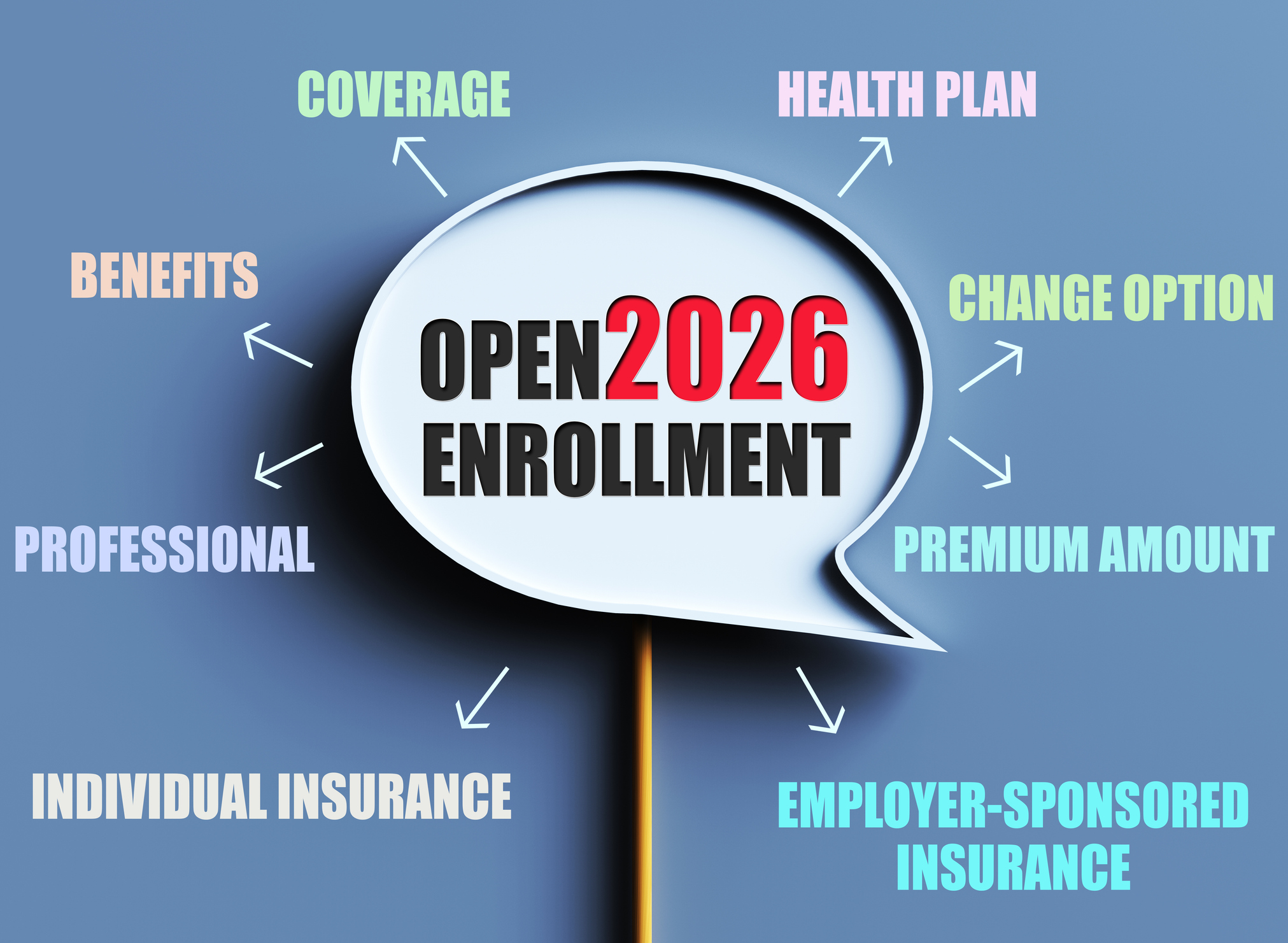
Open enrollment for retirement is a critical time to review health insurance plans, premium amounts, and benefits.
(Image credit: Getty Images)
9. Review healthcare coverage: Open enrollment for Medicare
We’re in full swing of open enrollment season (which typically lasts until December 7 for Medicare, and until January 15 for Affordable Care Act (ACA) marketplace insurance). This is the time to ensure your healthcare coverage and plan costs still meet your needs and compare potential alternative plans.
And reviewing your medical plans may be more important than ever. If you’re currently using ACA subsidies, those are scheduled to expire at the end of 2025 (unless Congress acts). The expiration is expected to lead to significant premium increases and higher out-of-pocket costs for many enrollees in 2026.
- Medicare premiums and IRMMA are projected to increase. As reported by Kiplinger, Medicare Part B premiums and deductibles are expected to increase by about 12%, and Part D IRMMA surcharges may increase by as much as 6%.
- Prescription drug coverage will likely see a higher maximum deductible. Current estimates place the projected 2026 out-of-pocket cost cap at $2,100, compared to $2,000 in 2025.
What should you do? Review your Annual Notice of Change (ANOC) letter you received from your current insurer to understand the plan changes going into effect in 2026. The ANOC may inform you of income-related premium increases and whether your doctor network is still covered.
By using previously discussed tax strategies like QCDs or Roth IRA conversions, you might be able to reduce high anticipated Medicare premiums.
However, keep in mind that Medicare premiums are calculated on modified adjusted gross income (MAGI) from two years prior. Any change you make in tax year 2025 will not impact your Medicare premiums until 2027.
Related: Health Insurance Tax Credits and the Government Shutdown: What to Know.

Estate planning in 2026 will see increased exclusion amounts for retiree estate plans.
(Image credit: Getty Images)
10. Review your estate planning goals
Lastly, now’s a good time to review your will, power of attorney documents, and beneficiary designations on all retirement accounts and insurance policies. Reviewing those important documents each year helps ensure that your estate planning goals still align with your current retirement goals, especially in light of new tax rules.
Here are a couple of things to know regarding your 2026 estate tax plan:
- The annual gift tax exclusion remains the same. For both the 2025 and 2026 tax years, the annual gift amount is $19,000 (single filers) or $38,000 (married filing jointly couple). Gifting money tax-free helps minimize estate tax liability for your heirs when you pass away.
- The estate tax exclusion amount increased. While the basic exclusion amount for individuals was $13.99 in 2025, the exclusion was increased to $15 million in 2026. This allows individuals to transfer a larger amount of wealth estate tax-free, potentially offering heirs more post-tax funds.
While the estate exemption amount remains high in 2026, you may want to make large gifts in 2025 to “lock in” asset values if you think those assets may appreciate significantly. This effectively moves that future appreciation out of the estate, avoiding estate tax on future growth.
At the same time, assets in an estate are given to heirs at a “stepped up” basis, meaning the heir receives those assets at fair market value. This effectively eliminates the capital gains tax (should your heir later decide to sell the asset) and is one of the benefits of keeping assets in an estate.
Of course, everyone’s estate tax liability looks different. So outsource your taxes to a qualified tax advisor when necessary.

